Ugandan-American Granted Rights to Sell Fuel-Saving, Clean Air Generators in EAC
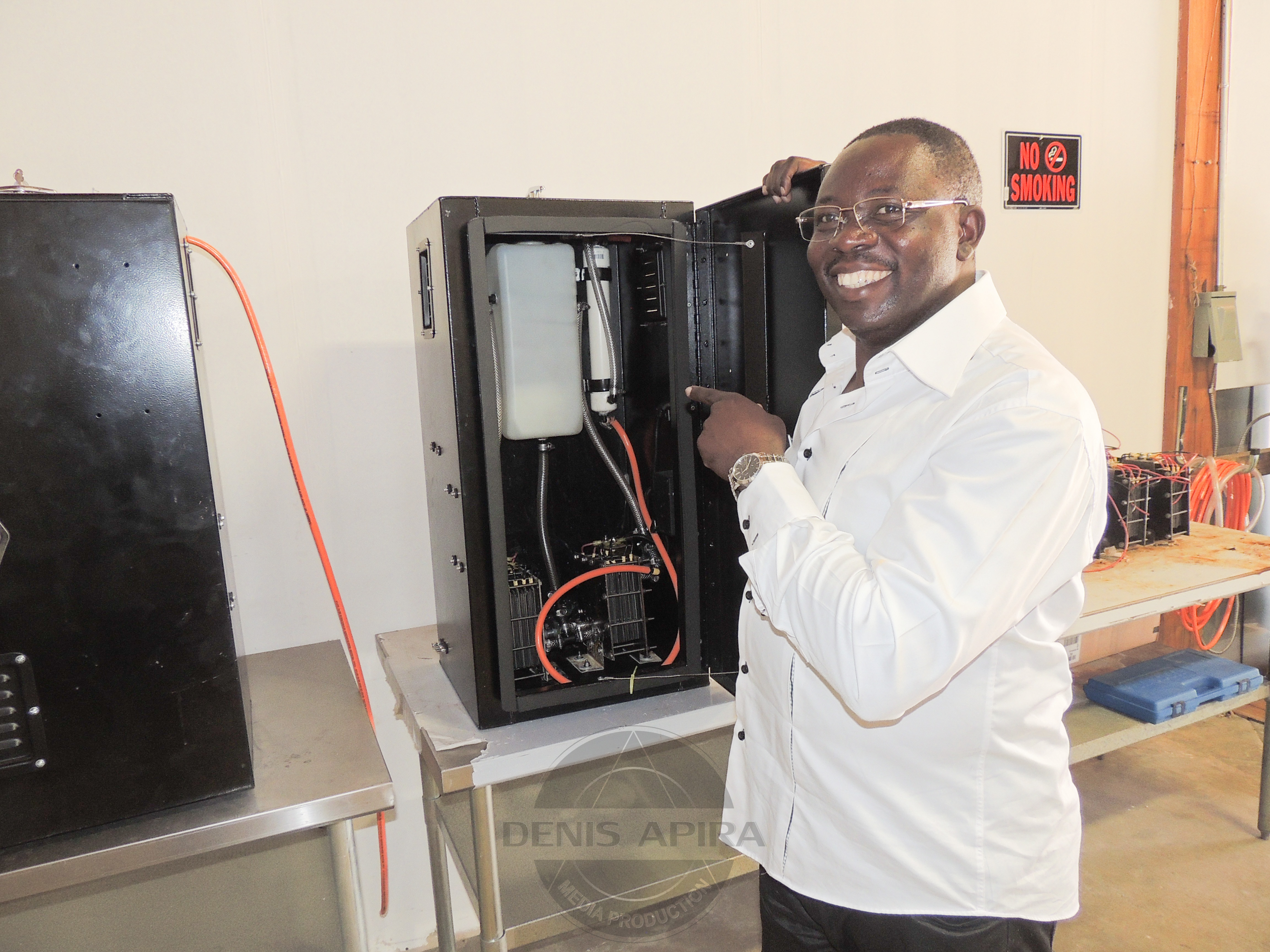
By Samuel Muwanguzi
The HYDRO-GEN25,
In Summary: The newly-developed fuel-saving and clean air Hydro-Gen25 generator, now hot on the market has become a highly-sought for product in the USA and is now ratchetting-up sales globally. The unique device increases fuel efficiency of up to 40% or more in gasoline and diesel engines in addition to reducing expenditure on gas. The manufacturers of the new device, Hydro-Gen25 LLC, based in Dallas, Texas, has granted Exclusivity Rights to a Ugandan-American businessman, Marvin Apira, founder and CEO of MoneyVenture Logistics to Market the newly-developed anti-pollution technology to EAC States of Kenya, Uganda, Tanzania, Rwanda, Burundi, and South Sudan. Currently, users of the HHO technology realize an average of 25 to 45 percent in fuel savings.
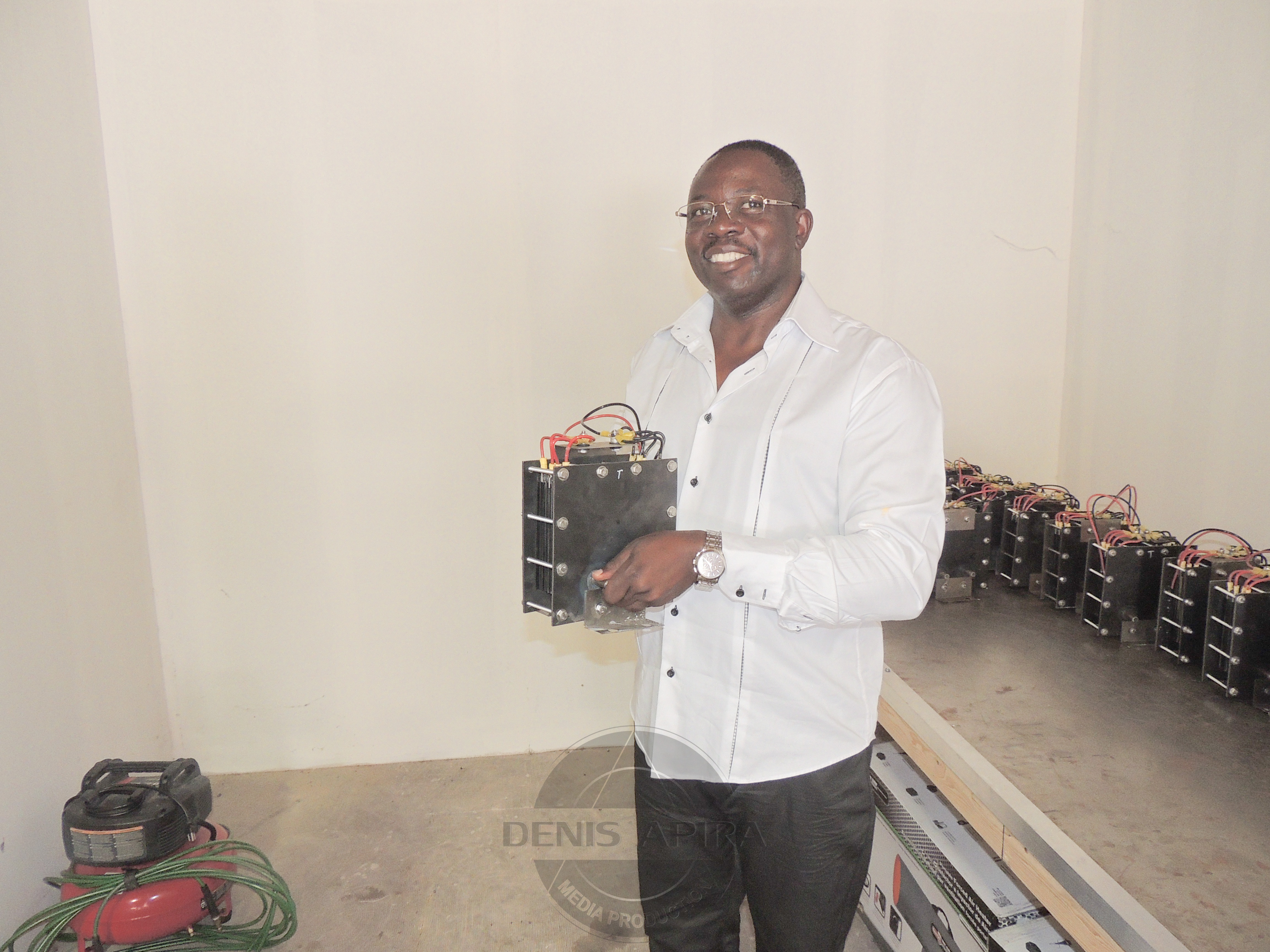
Dallas, Texas—Hydro-Gen25 LLC, manufacturers of the newly developed clean air technology, HYDRO-GEN25, a unique device that increases fuel efficiency up to 40 percent or more in gasoline and diesel engines, has granted exclusivity rights to MoneyVenture Logistics, a company founded and operated by a Ugandan-American businessman based in Dallas, Texas, Mr. Marvin Apira to market the devices in the six East African Community (EAC) states. The EAC member countries include Uganda, Kenya, Tanzania, Rwanda, Burundi, and South Sudan. Mr. Marvin Apira, CEO of MoneyVenture Logistics told the EADM that the new technology could become the long-term solution to high expenditure on fuel and pollution in East Africa for individual use and businesses, especially trucking, taxi, real estate, bus operations, factories, and mining, among others. “The device is a unique, turnkey hydrogen (HHO) generator that saves fuel, money, environmentally friendly, and comes in different sizes, Mr. Apira said. Mr. Marvin Apira is currently showcasing the new technology at the UNAA convention in Boston this Labor Day weekend from Friday September 2 to Sunday September 4. The convention is taking place at the Boston Plaza Hotel downtown Boston, Massachusetts.

Hydro-Gen 25, located in Dallas, Texas, produces the Hydrogen/Oxygen (HHO) systems at its manufacturing plant in Atlanta, Georgia, USA. The new technology, the “HHO generator” produces both Hydrogen and Oxygen simultaneously through the process of electrolysis when water is changed into Hydrogen and Oxygen, the manufacturers say. When a vehicle or other engine is converted to a hydrogen hybrid, it consumes less fuel but increases the mileage; the owner saves money; reduces pollution; and contributes to cleaner air, according to a statement from the manufacturers. Because hydrogen is a fast burning element, it allows fuel to burn much more efficiently, drastically reduces emissions of un-burned fuel and toxic gases and emissions by up to 72 percent, and leaves the exhaust virtually odorless.

According to the developers, other benefits of using Hydro-Gen25 generators include the use of water as a source of supplemental alternative fuel; Reducing emissions up to 72 percent; extending fuel mileage from 15 to 40 percent depending on the type and size of the engine; reducing of carbon buildup in cylinders and spark plugs; increasing life of the catalytic converter, the life of spark plugs, and oil life; and restoring the performance of the engine. To-date, no short or long term adverse effects have been found as a result of using Hydro-A Gen 25 Hydrogen Generator and the systems does not harm or rust engines or any other components of an engine or vehicle, the statement read. Ultimately, the use of a Hydro-Gen 25 System is a win-win solution as customers save money, burn less fuel, and helps keep the air clean. Currently, most users of the HHO technology realize an average of 25 to 45 percent in fuel savings. But the NEW Magnum Series HHO generators, fuel savings may go up to over 50 percent. In addition, a driver can idle an engine on pure HHO although the technology to operate the vehicle under normal driving conditions has not yet been invented. Also, instead of damaging engines of vehicles, HHO gas cools engine operations; increase engine longevity which extends to seals as well, where cooler operations reduce the wear they experience. There is full-proof that the device will not damage the vehicle engine. Only distilled or filtered water is recommended for use in the system; about one gallon is required for every 600-700 miles.
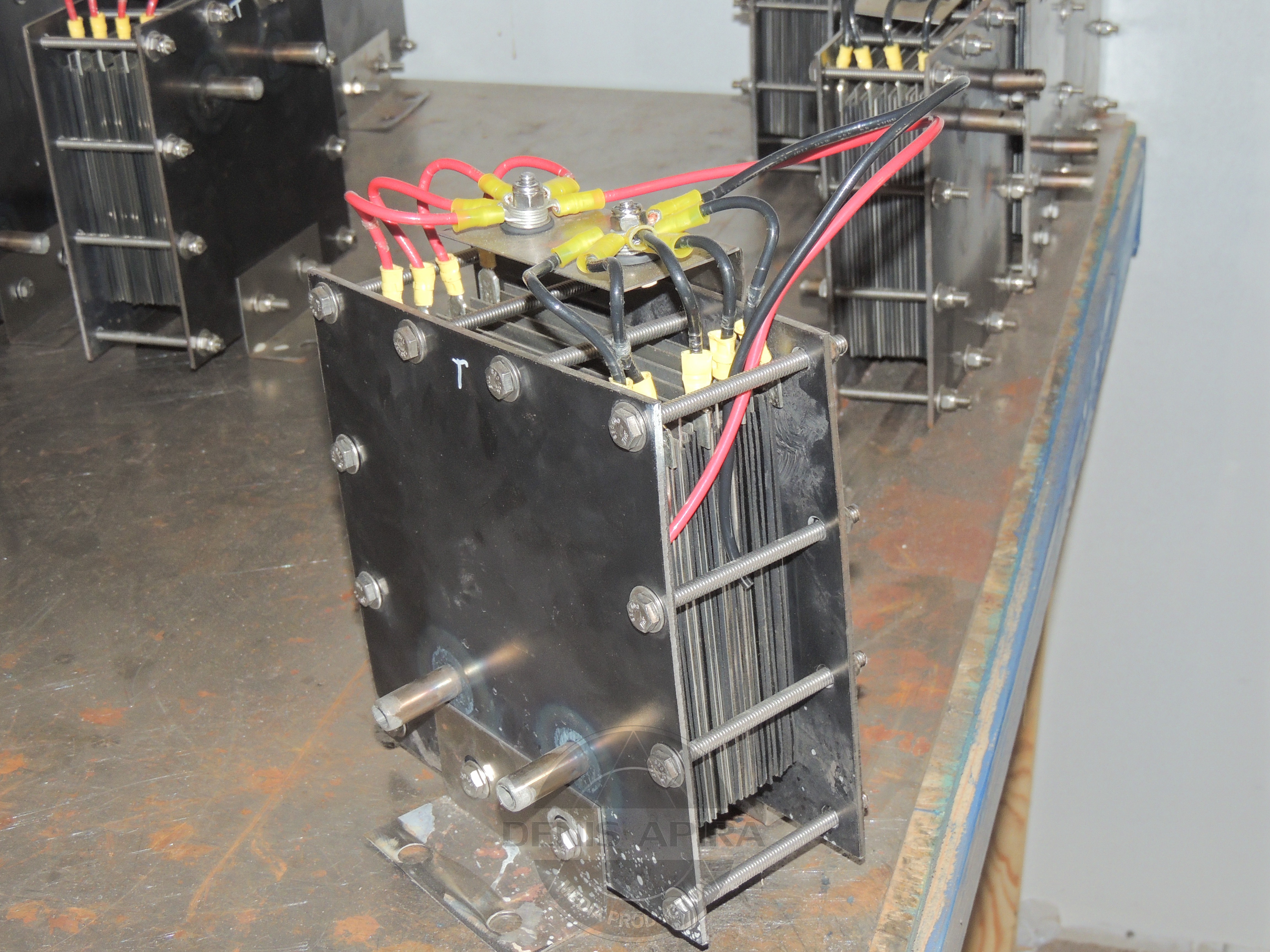
In the United States, the installation of a complete line of Hydro-Gen25 and accompanying products, new reliable technology, equips users with capabilities to meet 2016 Federal Environmental Protection Agency (EPA) emission standards; meet 2016 California Air Resources Board emission standards; reduce fuel costs by 15% to 40%; and shrink maintenance costs depending on the size of the engine. The newly-developed Hydro-Gen25 generator has already captured the imagination of users in the United States, drawing increased interest on the global market, and attracting very positive reviews from thousands of users. In the State of Nevada, average results for 99% of diesel vehicles tested are in the area of 2.8ppm-5.0ppm for vehicles without the HHO Generator. But after installing the HHO Generator, resulting in a reading of 0.8, an extremely clean result by EPA standards set forth for Nevada; a 77.1% reduction in PM, be it for diesel or gas engines.
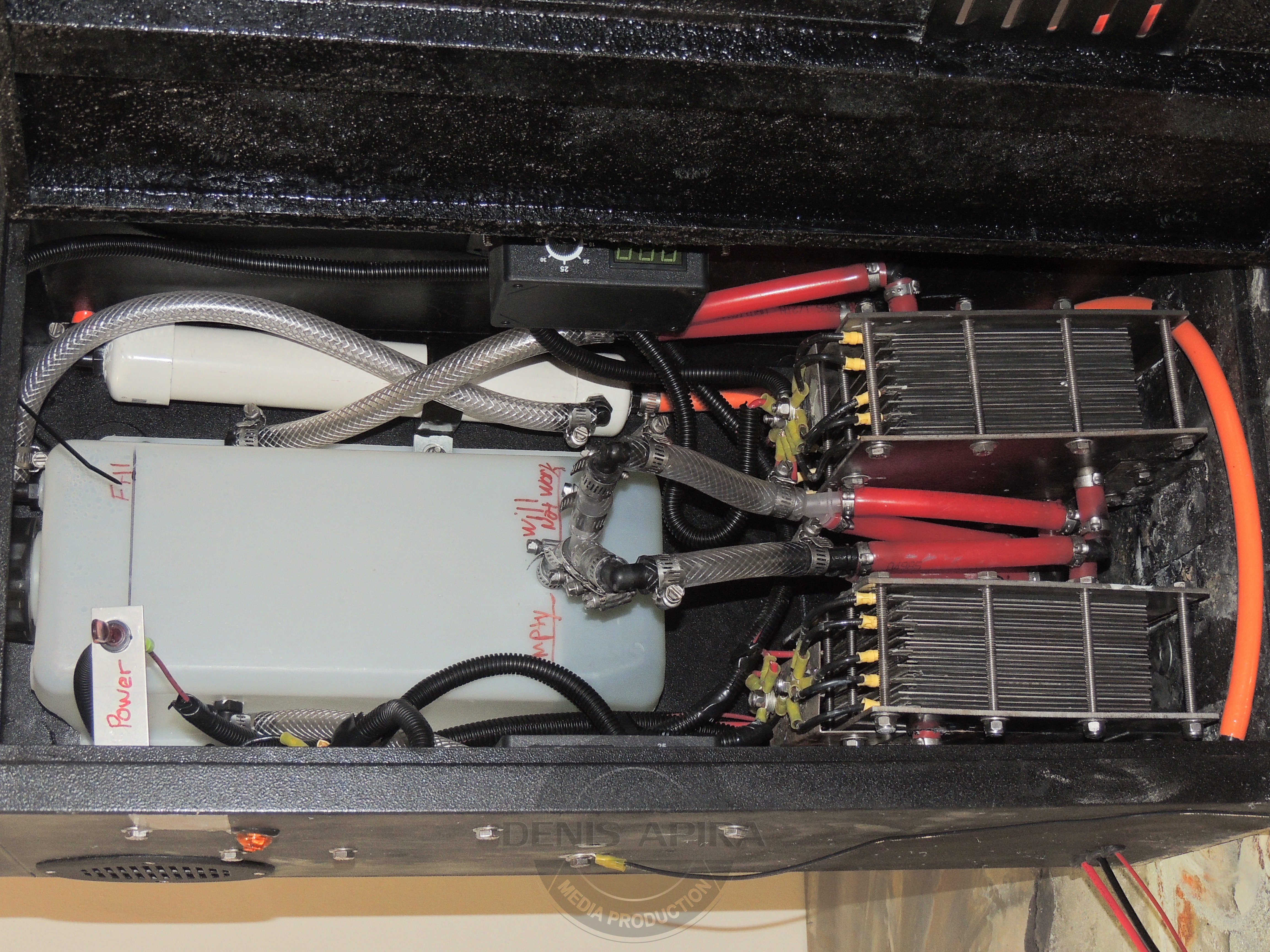
This newly developed technology, which ensures driving green and sustaining green, has received ringing endorsement from the American Trucking Association as more and more truck owners are installing the devices in their vehicles: “It is one thing to say trucking is our economy’s lifeblood, but it is quite another to show it…trucking is, and will continue to be the dominant way to move goods in the United States,” says Bill Graves, the American Trucking Association President and CEO. By 2014, the $700 billion trucking industry accounts for more than 80 percent of spending on freight, transporting 9.96 billion tons, nearly 70 percent of domestic cargo, providing more than 7 million jobs, nearly 3.5 million of those for drivers, yet responsible for most of the pollution in the country, according to statistics. By way of saving on fuel expenditure, complying with regulatory requirements on pollution, maintenance costs, trucking companies are installing the new devices in their vehicles, says Bill Graves, the American Trucking Association President and CEO.
Globally, the unique device has captured the imagination of users and corporations as it is now ratchetting-up sales in diverse markets around the world. Several business leaders are now scrambling to become agents of the new technology in their respective countries. From East Africa, for example, a Ugandan business woman is in Dallas, Texas to see firsthand how the device works and possibly introduce it on the Ugandan market.
The Ugandan business woman, Alice Okecha, has already received technical information on the device and a demonstration of its functionality from technicians commissioned by the company producing the new system.

Elsewhere, since he installed the hydrogen generator, Jerry Sluder, who drives a 10,000 lb. trailer with over 3,000 lbs. of cargo, has haved his expenditure on fuel yet covering the same distance and the emission are nearly zero, he says. “After driving 5435 miles pulling a 10,000 lb. trailer and a 13,000 lb. load on return, I tallied up my gasoline purchases; 560 gallons of fuel resulting in right at 10 mpg , a significant improvement over the performance prior to the installation of the new device,” Jerry Sluder says. In Florida, Jim says that: “I installed my series 12a double brick unit on my 2007 Toyota Fj Cruiser, which weighs 4500 pounds and is as aerodynamic as a cardboard box and I drive approximately 34 miles to work every day, mostly on Interstate highways.” He adds that in the past the best mileage he could get was 21.5 mpg by driving like an old lady but has since seen his on-highway mileage increase to 28.2 and 29.9. “This was driving at a steady 60 mph with no headwind and I use a Scan-gage to compute my mpg, calibrated for speedo error using a good gps so the figures are pretty accurate,” says Jim.
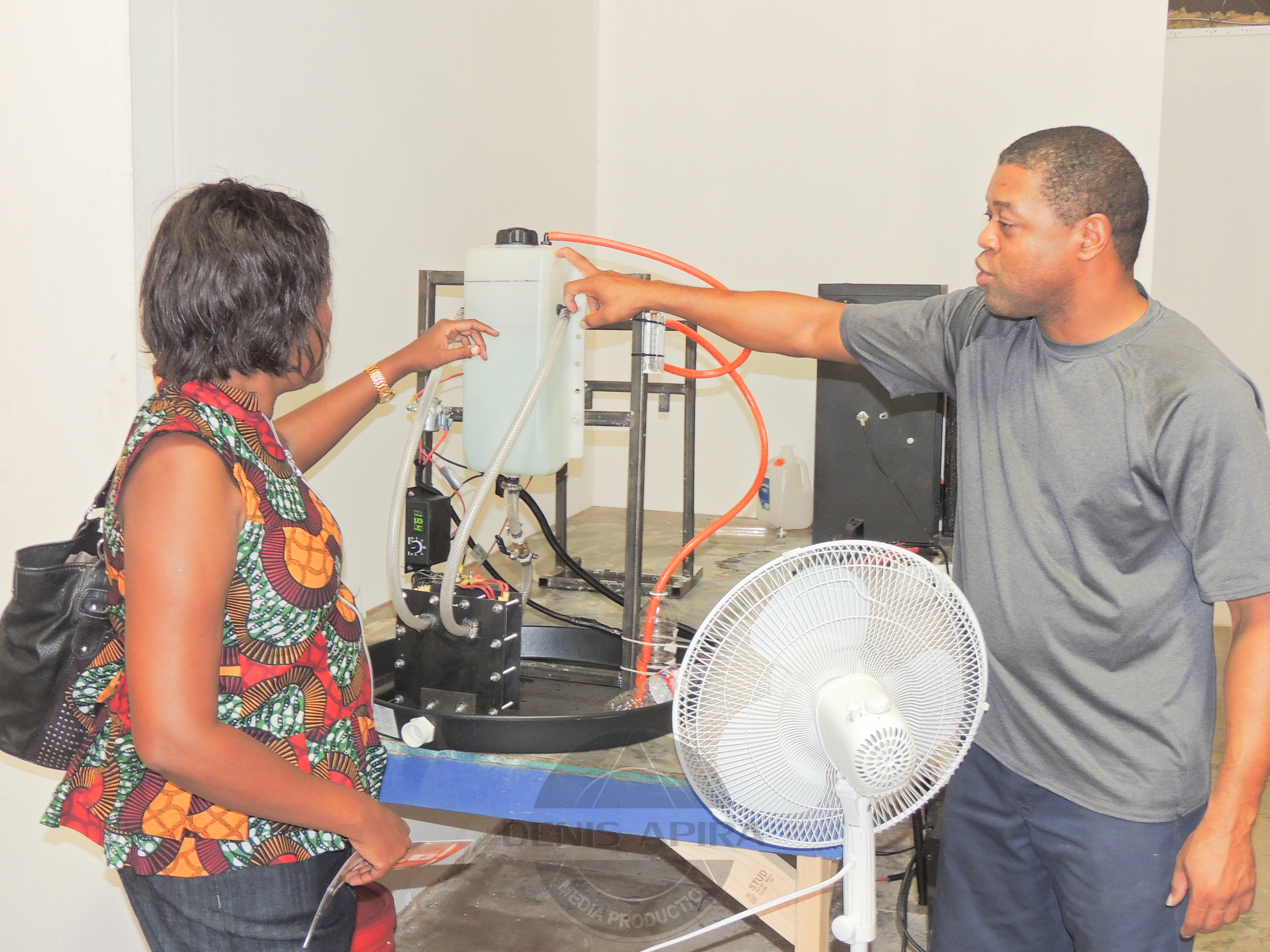
“I just installed the 11a kit into my Toyota land cruiser and am already seeing a 30% mpg improvement, more power, quieter engine, and no more gas smell from my tailpipe,” says Jason Hancock, an early user and prospective distributor in Edwards, North Central Mountains, Colorado. He says he is sold on the product and is inquiring about how to become a distributor in Edwards, near most of the ski resorts which he believes have great sales potential for the magdrive units.
Edwards and company say that he purchased the MagDrive about 7 months ago, and his mileage went from 35 mpg to about 45 – 50 mpg. “I drive a late ’87 Honda Civic, and recently drove from West Palm Beach, Florida to Burlington, Vermont and although the muffler fell off in Stuart, Florida, I used a coat hanger to suspend it back into place – my car is getting great mileage,” Edwards says. Kris Kemp, another early adopter says: “The largest difference aside from the smoother idle and decrease in gasoline used to run my vehicle is the smell.” He says that before installing his MagDrive, the inside and outside of his car smelled heavily of half-burned fuel, and he assumed it was something into the seats. “After installing my unit, the smell is gone, it drives much more quietly, and I’ve noticed a huge savings at the pump; less gas used, as well as putting only mid-grade fuel in an engine that normally has issues with anything less than Premium fuel,” he says.
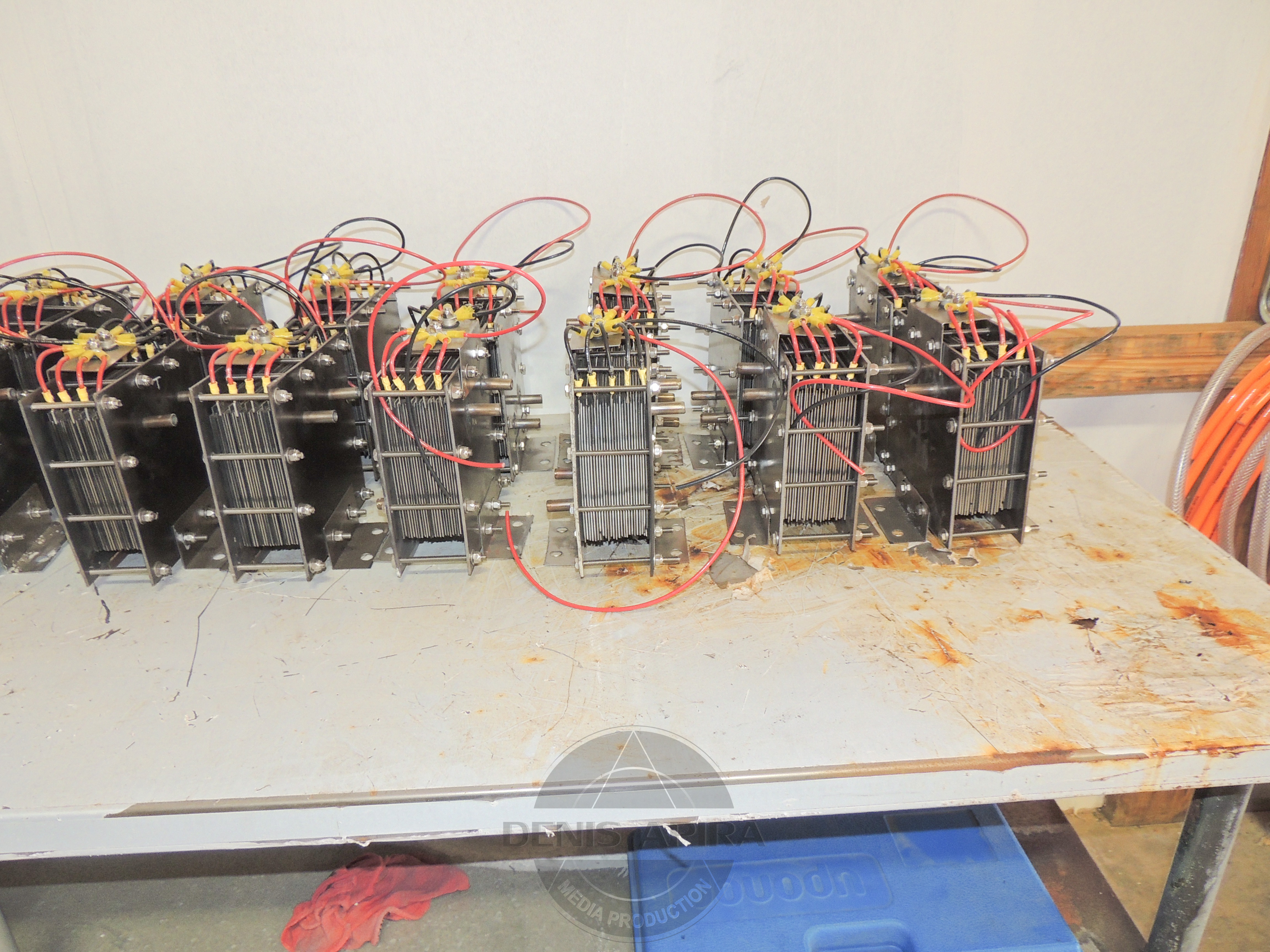
The Science Behind the Production Process--The manufacturers state that when an electrical current/voltage [preferably DC] is introduced to water, it splits its primary elements of Hydrogen and Oxygen, which elements, in turn, change from a liquid into a gaseous state. The two elements then split apart into their sub-diatomic molecular state. The process is based on a principle of producing as much HHO as possible with the least amount of electrical energy and generated exothermic heat. Once the HHO generator is charged up, it acts like a wet cell battery and holds a charge of 1.5 – 2.0 volts DC and can operate when charged with the power switch turned off, until the remaining suspended HHO gas is pulled off and the cell ultimately discharges. With the new technology, the produced gaseous material is drawn off by the vacuum created by the vehicles engine and the gasses are fed directly into the engine for combustion purposes.
The system is an on demand system, “NOT” a pressurized storage system; the HHO generator only produces what the vehicles engine calls for, and nothing more. The new technology, a patented product, while based on existing science, is the only product available today with a unique design addressing numerous concerns, including engine durability, electrode corrosion, and provision of hydrogen on demand; there is no requirement for a hydrogen storage tank—the gas is produced only as needed—only a small amount exists at any given time. The liquid “fuel” in the unit is water. The system neither requires enhancement nor replacement of the O2 sensor because it provides automatic adjustment of the signals to the O2 and MAP sensors proportional to the HHO gas available.


